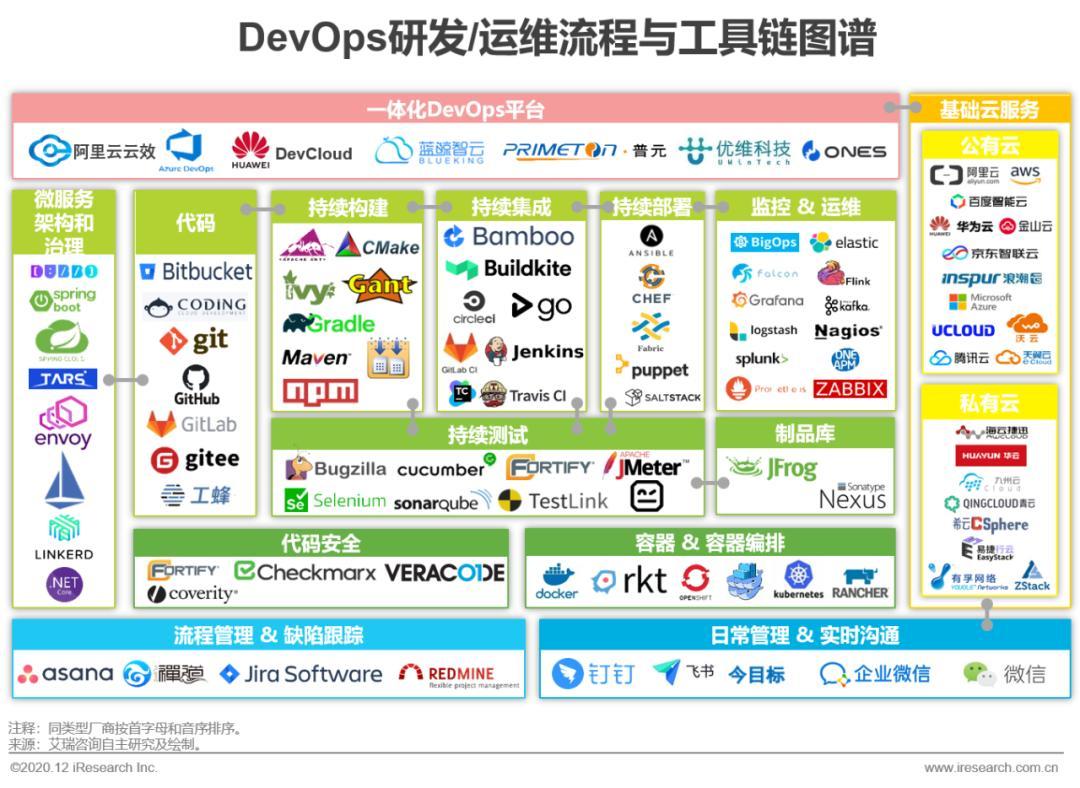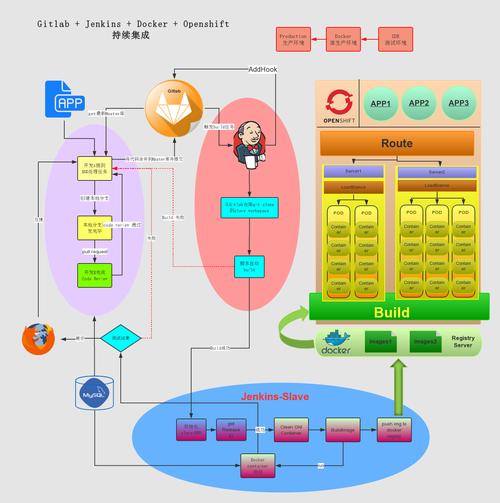
Understanding the Differences: Rev Ops vs Sales Ops
When it comes to the operations side of a business, two key areas often come to mind: revenue operations (rev ops) and sales operations (sales ops). While they are closely related, they serve distinct purposes and have unique roles within an organization. Let’s delve into the details of each to help you understand their differences and how they contribute to the overall success of a company.
What is Revenue Operations (Rev Ops)?
Revenue operations is a strategic function that focuses on optimizing the entire revenue lifecycle. It encompasses various aspects, including sales, marketing, customer success, and finance. The primary goal of rev ops is to ensure that all departments work together seamlessly to generate and maximize revenue.

Here are some key components of revenue operations:
- Revenue Planning: This involves forecasting, budgeting, and setting revenue targets. It ensures that the organization is aligned with its financial goals.
- Revenue Accounting: This includes managing billing, invoicing, and revenue recognition. It ensures that revenue is accurately recorded and reported.
- Revenue Analytics: This involves analyzing data to gain insights into revenue trends, customer behavior, and sales performance. It helps in making data-driven decisions.
- Revenue Enablement: This focuses on providing the necessary tools, training, and resources to sales and marketing teams to achieve their goals.
What is Sales Operations (Sales Ops)?
Sales operations, on the other hand, is a more specialized function that focuses solely on the sales process. It aims to streamline and optimize the sales cycle, from lead generation to closing deals. Sales ops works closely with the sales team to ensure they have the tools, processes, and support they need to be successful.
Here are some key components of sales operations:
- Sales Process Optimization: This involves analyzing and improving the sales process to increase efficiency and effectiveness.
- Sales Enablement: This includes providing sales teams with the necessary tools, training, and resources to close more deals.
- Sales Data Management: This involves collecting, analyzing, and reporting on sales data to gain insights into sales performance.
- Sales Support: This includes providing administrative support, such as scheduling demos, managing customer inquiries, and handling follow-ups.
Comparing Rev Ops and Sales Ops
Now that we have a better understanding of both rev ops and sales ops, let’s compare them in terms of their focus, goals, and responsibilities.

| Aspect | Revenue Operations (Rev Ops) | Sales Operations (Sales Ops) |
|---|---|---|
| Focus | Entire revenue lifecycle | Sales process |
| Goals | Maximize revenue, align departments, and ensure financial goals are met | Optimize sales process, increase sales efficiency, and support sales team |
| Responsibilities | Revenue planning, accounting, analytics, enablement | Sales process optimization, enablement, data management, support |
How They Work Together
While rev ops and sales ops have distinct roles, they are closely connected and work together to drive business success. Here’s how they collaborate:
- Shared Goals: Both functions aim to increase revenue and improve the overall performance of the organization.
- Data-Driven Insights: Rev ops provides valuable data and insights that sales ops can use to optimize the sales process.
- Resource Allocation: Rev ops helps in allocating resources effectively to support both sales and marketing efforts.
- Continuous Improvement: Both functions work together to identify areas for improvement and implement changes to drive better results.
Conclusion
Understanding the differences between rev ops and sales ops is crucial for any business looking to optimize its revenue-generating processes. By aligning these two functions and ensuring they work together effectively,




